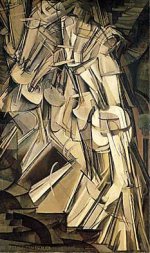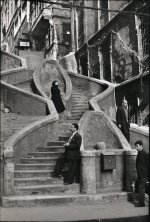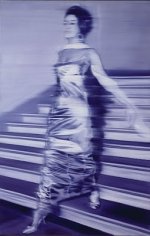Some days ago I watched a 1999 documentary on Magnum. In it, a photograp3her explained that in 1999 Magnum suffered from a lot of applications for future members that sent in stuff that looked like the old days, like Capa and Cartier-Bresson work. And he confessed to having trouble himself to shoot contemporary, modern-day work. As he put it:'When I'm shooting a fastfood restaurant front in Wales and somebody passes by with sheep and a dog, I instantly aim for that.'
I went to a Magnum portfolio review a few years back. Not applying for membership, but just a review.
While I shoot all sorts of subjects the look of my work could be described as 'classic' in nature. I shoot b/w, compose along traditional rules, try to capture the decisive moment etc
The opinions on my portfolio were split.
Half thought the work was very strong and liked it enough to say it was the best work they had seen at the review.
The other half dismissed it as tired, old fashioned and quaint.
So, I think there is an ongoing split within the agency. This seems to go back to around the time when Martin Parr was voted in. Apparently HCB was deeply opposed to his admittance.
Personally I think a lot of the work from some of the recent and a few older Magnum members is fairly poor. Badly composed, poor timing and technically sloppy.
If that is the requirement to be considered a producer of contemporary, modern-day work at Magnum, then they can keep it. I refuse to produce crap. Good composition, capturing the decisive moment and solid technical execution are not fashion trends, but requirements to produce a photo that clearly communicates to a viewer the moment or emotion that the photographer was trying to capture. The funny thing is that the public is not confused about this. They dismiss bad pictures instinctively.
This argument remind me of the nonsense I had to put up with in art school, where one teacher declared some students, who were not 'sloppy' or in his opinion were 'trying too hard', as 'uncreative' and 'not free spirited enough' to be artists. I walked out of that class and dropped it.






